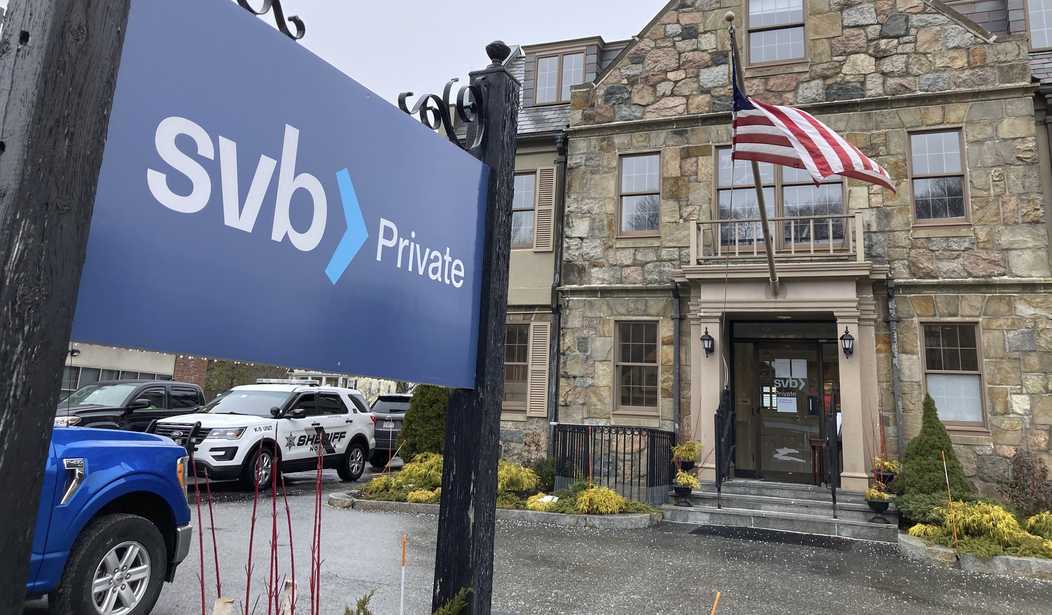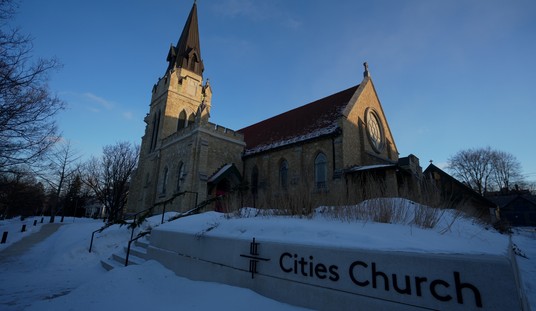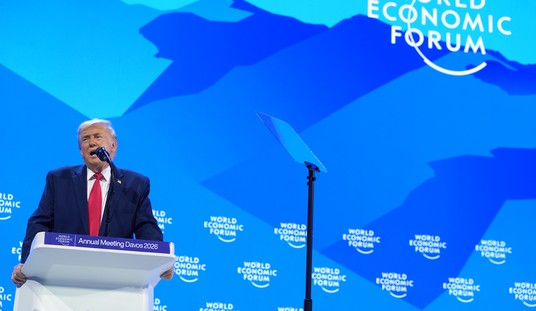Chris Talgo ([email protected]) is editorial director at The Heartland Institute.
While much has been made about the sudden downfall of Silicon Valley Bank (SVB) and Signature Bank, the real story is even worse than you might expect, and perhaps most frightening; this could just be the beginning of a much larger economic calamity.
In my opinion, the story dates back to the 2008 financial crisis, when big banks came under intense scrutiny for their involvement in the subprime mortgage mess. In case you don’t remember, this sparked the Occupy Wall Street movement, which demanded a reckoning for Wall Street’s malfeasance as well as an examination of the crony capitalist system that unduly benefits Wall Street over Main Street America.
Coincidentally, just as societal pressure was mounting against the big banks, Wall Street decided to rebrand itself as a woke industry that is just as concerned with supporting social justice causes as it is with padding profits and doling out lavish bonuses. This brilliant move allowed the very people mostly responsible for the 2008 crisis to portray themselves as the good guys because they care about diversity, equity, and inclusion.
Meanwhile, Americans were scolded by the mainstream media and major corporations that racial injustice, not a rigged economy, was the most pressing problem.
As this bait-and-switch was taking place, the U.S. government failed to identify its own sordid role in the 2008 financial crisis. In a nutshell, in the late 1970s, the U.S. government began pushing home ownership to unqualified buyers via the Community Reinvestment Act. This law effectually forced banks to provide loans to Americans who could not afford them. Eventually, this led to the mortgage meltdown, after which the federal government “bailed out” the big banks.
Thus, we crossed the Rubicon and entered the era of “too big to fail.” As then-President George W. Bush infamously put it at the time, “I’ve abandoned free-market principles to save the free-market system.”
Simultaneously, a clear message was sent to the financial institutions: If you take excessive risk and misallocate capital, don’t worry, Uncle Sam will bail you out! This is called moral hazard, and as time wore on, it proved to be a very foolish road to follow. More on this later.
After the economy effectively collapsed in 2008, the Federal Reserve began pumping trillions of dollars directly into the financial market. This policy, known as quantitative easing, resulted in the Fed’s balance sheet swelling from less than $1 trillion in 2008 to a mind-boggling $9 trillion by 2022.
In other words, the U.S. government flooded the zone with “cheap money” amid ultra-low interest rates, so the economy would appear to be functioning on all cylinders, when in reality, it was running on fumes.
During this period, banks were in the enviable position of having unfettered access to capital at near-zero interest rates, which was a boon for their bottom lines. As the Century Foundation tells it, “the excess income consumed by the finance sector totals 2 percent of GDP, ‘an annual misallocation of resources of about $280 billion for the U.S. alone.’ If accurate, that figure suggests an extraordinary redistribution of the national wealth—from the pockets of the debtors and middle class investors who need it most, straight into the bank accounts of America’s financial elite.”
For the banks, the Federal Reserve’s money printing extravaganza was great for business. That is, until the Federal Reserve abruptly stopped the party and decided to start quantitative tightening—the rapid rise of interest rates.
While all of this money was still raining from the sky, Silicon Valley Bank and Signature Bank (though they are absolutely not the only ones) saw their balance sheets explode as they were neck-deep in the woke sweepstakes. Just to show how much money flowed to banks like these, consider that in 2009, SVB had about $15 billion in total assets. By 2023, SVB’s balance sheet ballooned to more than $215 billion.
So, because they was flush with cash, banks like SBV began really putting “their money” where their mouth is when it came to exhibiting their moral rectitude.
For example, in the summer of 2020, SVB donated a whopping $73 million to Black Lives Matter. From 2020 onward, banks like SVB and Signature also put a premium on ensuring they were in the good graces of the woke brigade. Such is why they spent a huge amount of time and resources checking the diversity, equity, and inclusion (DEI) boxes while not paying nearly as much attention to macro-economic trends or routine risk assessment practices.
As has been widely reported, over a nine-month span before its demise, SVB did not employ a chief risk officer. However, SVB made sure it had a chief diversity, equity, and inclusion officer on board at all times. Misplaced priorities, anyone?
When the rubber hit the road and the Fed’s decade-long money printing binge came to an end, banks like SBV, which didn’t see the economic writing on the wall because they were so concerned with showcasing their woke bona fides, were caught in a very perilous position.
To make a long story short, SBV had spent years taking cheap money from the Fed and investing poorly, mostly in long-term Treasury bonds. When the Fed hastily reversed course and started raising interest rates, short-term Treasury bonds began to pay a higher yield than long term Treasury bonds.
This is what economists call an inverted yield curve, and it was a huge flashing red sign that the economy is on unsound footing. Shockingly, even as this was happening, SVB and Signature just kept plugging along, business as usual.
But eventually, the bubble burst, as it always does. So, what did SVB and Signature do next? If you guessed that they went to the federal government, hat in hand, begging for a bailout (even though they did not qualify as systemically risky banks and therefore had no grounds to receive a bailout), you would be correct.
And so, we come full circle. To recap: In the years leading up to the 2008, big banks and big government colluded to ensure that the banks made money and the politicians got votes by “giving” people homes who couldn’t afford them. Then, as Americans’ ire at Wall Street reached a fever pitch, the big banks went woke and their cronies in the mainstream media began hyperventilating about the nation’s racial reckoning, while conveniently ignoring Americans’ real concerns about a rigged economy.
Next, adding insult to injury, the big banks got bailed out and received trillions of dollars in cheap money from their friends at the Federal Reserve. This resulted in a colossal misallocation of capital and excessive risk taking by the very banks who were partially responsible for the economic meltdown in the first place. And then, these banks were bailed out, again.
If you think this is the end of this saga, you might want to consider Winston Churchill’s famous quip: “Those that fail to learn from history are doomed to repeat it.”
The opinions expressed in guest op-eds are those of the writer and do not necessarily represent the views of RedState.com.













Join the conversation as a VIP Member